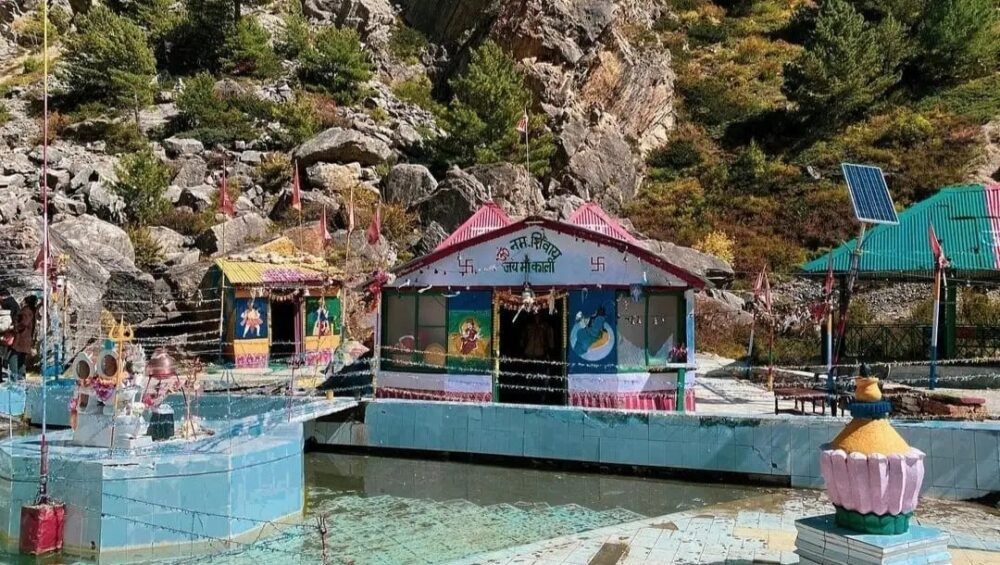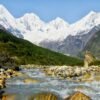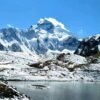Discovering Panchachuli: The Majestic Peaks of the Kumaon Himalayas
Nestled in the serene beauty of the Kumaon Himalayas, the Panchachuli Peaks are a group of five majestic mountain peaks that rise dramatically against the sky. Located in the Pithoragarh district of Uttarakhand, India, these peaks are renowned for their stunning beauty, rich folklore, and the challenging trekking trails that lead up to their foothills. The name “Panchachuli” is derived from the words Pancha (five) and Chuli (cooking hearths), symbolizing the five peaks associated with a fascinating myth about the Pandavas from the Mahabharata. For trekkers, adventure seekers, and spiritual enthusiasts alike, Panchachuli offers a journey through diverse landscapes, pristine valleys, and a chance to connect with local Himalayan culture.
1. The Mythology Behind Panchachuli Peaks
According to Hindu mythology, Panchachuli is tied to the story of the Pandavas, who are believed to have cooked their last meal at these peaks before embarking on their final journey to heaven. The five peaks symbolize the cooking hearths, marking the place where they bid farewell to earthly life. Each peak is considered sacred and resonates with spiritual energy, drawing pilgrims and travelers who seek to immerse themselves in the legends of the Mahabharata and connect with the Himalayas’ divine aura.
2. Trekking to the Panchachuli Base Camp: A Journey Through Heaven on Earth
The trek to the Panchachuli Base Camp is among the most scenic and rewarding treks in the Himalayas. Starting from the village of Dar, this trek follows the Dhauliganga River through lush forests, charming villages, and spectacular meadows until it reaches the base camp at an altitude of approximately 13,000 feet.
Key Highlights of the Trek:
- Dharchula: The trek typically begins with a drive to Dharchula, a remote town on the Indo-Nepal border. Surrounded by mountains, Dharchula serves as a gateway to the Panchachuli region and offers an immersive experience of local Himalayan culture.
- Darma Valley: As you ascend through Darma Valley, you’re treated to an awe-inspiring landscape of snow-capped peaks, dense forests, and scenic riverbanks. The valley is home to the Bhotiya people, who live in traditional houses and are known for their warmth and hospitality.
- Nagling and Sela Villages: On the way to Panchachuli Base Camp, trekkers pass through quaint villages like Nagling and Sela, where they can witness traditional Kumaoni culture, architecture, and farming. These villages are known for their rich culture, and visitors often experience the local lifestyle and enjoy conversations with the villagers.
- Breathtaking Views of Panchachuli Peaks: Upon reaching the Panchachuli Base Camp, you are rewarded with a stunning panoramic view of the five peaks. The towering mountains seem close enough to touch, and the landscape here is pristine, untouched by commercialization, making it a paradise for nature lovers and photographers alike.





